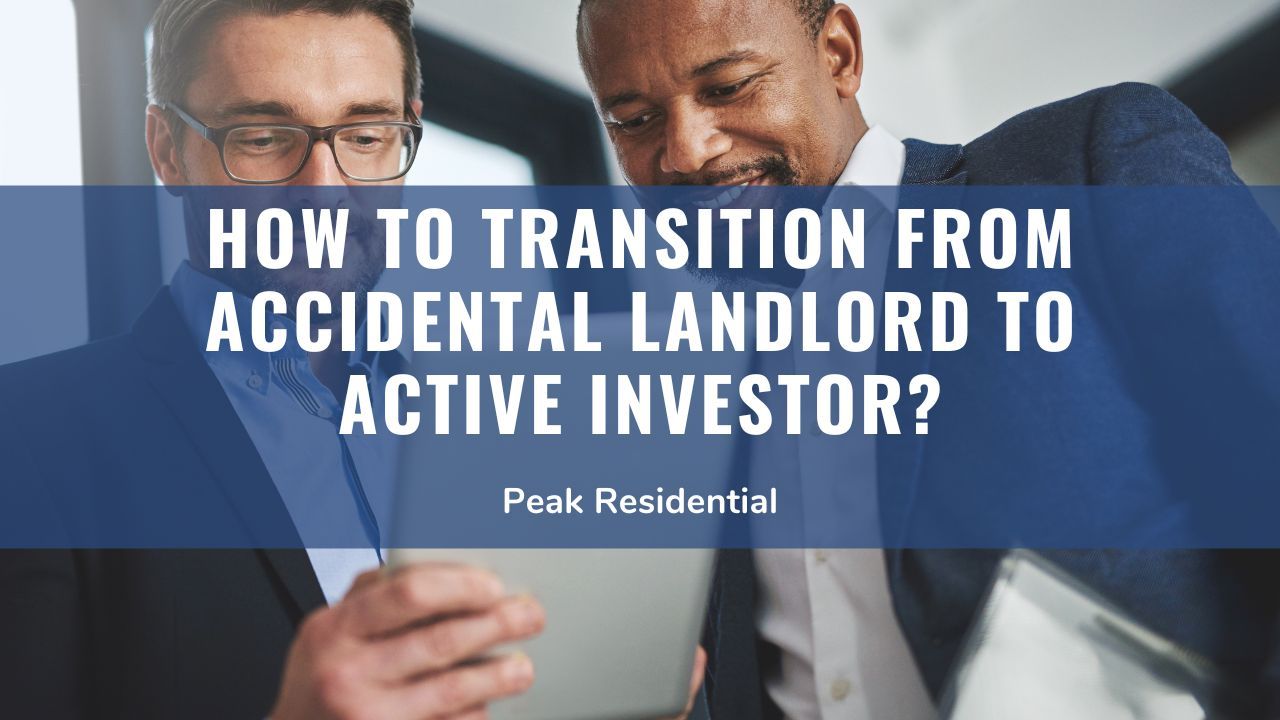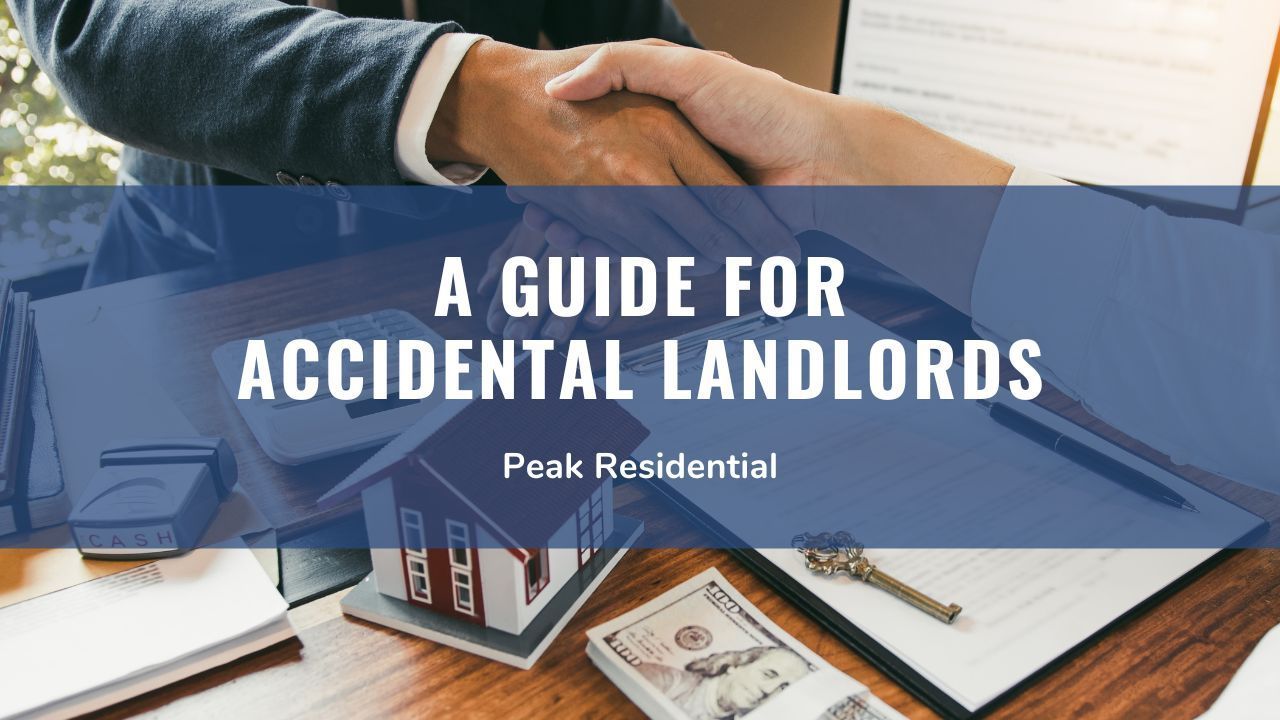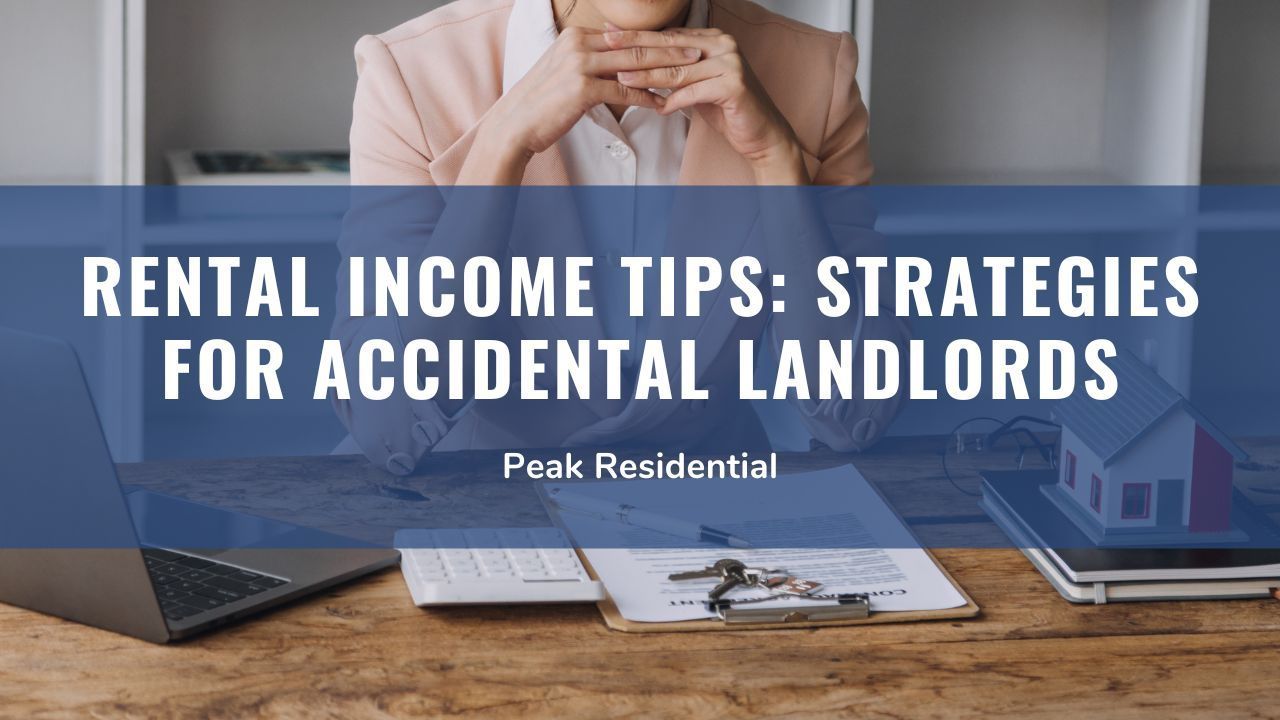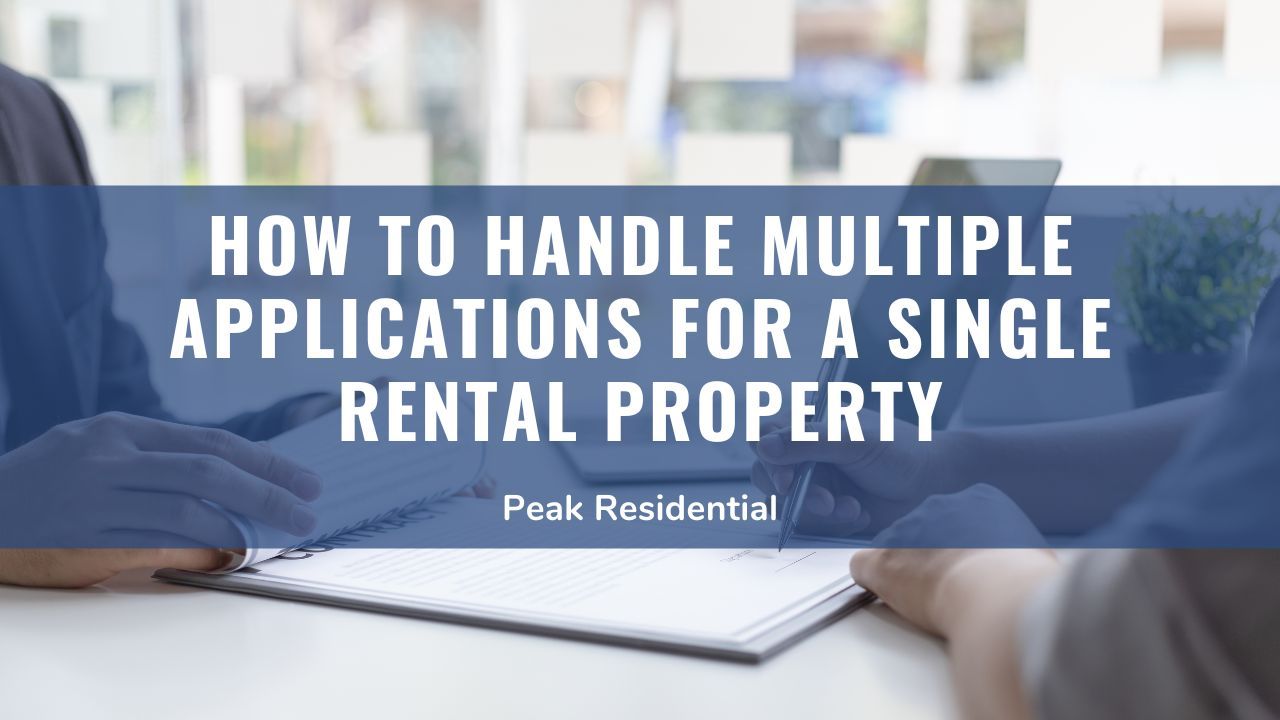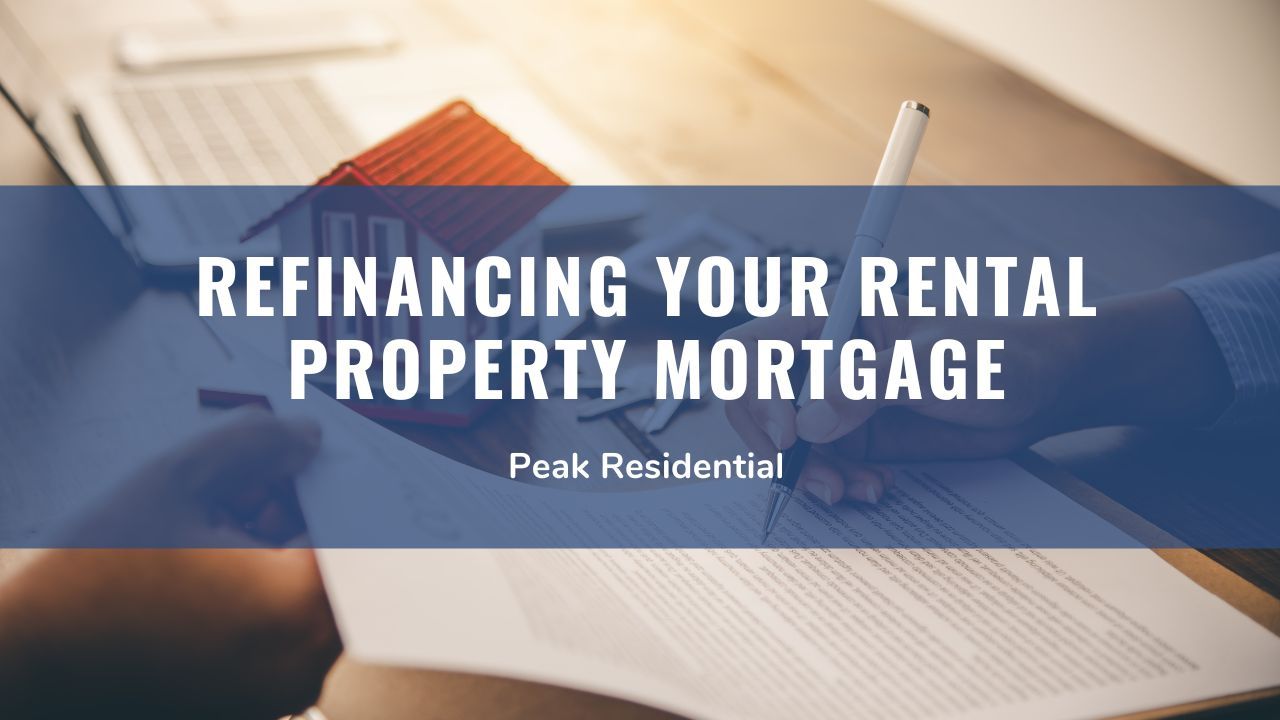Key Takeaways
- Tenant Estoppel Certificates Confirm Lease Terms: These signed documents verify critical lease details—like rent, deposits, and term dates—preventing tenants from later disputing them during sales or refinancing.
- They’re Crucial During Real Estate Transactions: Buyers and lenders rely on estoppel certificates to validate income and lease accuracy. Missing or inaccurate certificates can delay, derail, or devalue a deal.
- Proactive Landlords Stay Ready: Keeping estoppel forms updated and aligned with lease terms ensures smoother transactions and protects against last-minute surprises.
- Property Managers Can Streamline the Process: Professional property management companies can handle tenant communications, ensure accuracy, and maintain organized records, saving landlords time and reducing legal risk.
If you're a rental property owner, particularly one planning to sell or refinance, you may encounter a request for something called a Tenant Estoppel Certificate.
While it might sound like legal jargon, this simple document holds a lot of weight in real estate transactions. Understanding what it is and how to use it properly can help you avoid costly surprises and keep deals moving forward.
In this guide from
Peak Residential, Inc. we’ll break down what a Tenant Estoppel Certificate is, why it matters, and how to handle it effectively.
What Is a Tenant Estoppel Certificate?
A Tenant Estoppel Certificate is a signed document from a tenant confirming the terms and status of their lease agreement.
This includes critical details like the rent amount, security deposit, lease start and end dates, renewal options, and whether the landlord or tenant is in default of any lease terms.
The word “estoppel” means the tenant is prevented from later contradicting what they confirmed in the certificate. It’s a way for landlords, lenders, or buyers to verify that everything is as it appears in the lease and that there are no side agreements or disputes.
Why Is This Document Important?
These certificates serve as protection for all parties involved in a transaction. For landlords, it’s a way to prove the accuracy of their rental income and lease status.

For buyers or lenders, it provides assurance that what’s in the lease is accurate and enforceable.
Imagine a buyer relying on a lease that says the rent is $1,500 per month, only to find out after the sale that the tenant has a
verbal agreement to pay only $1,200 due to unresolved maintenance issues.
That kind of discrepancy could seriously impact a property’s value or financing terms. The estoppel certificate helps avoid situations like that.
When Estoppel Certificates Are Needed
Landlords are typically asked to provide estoppel certificates when:
- Selling their rental property
- Refinancing a mortgage
- Applying for new loans or investment funding
- Transferring the property to another entity
Even if you’re not in the middle of a transaction, keeping this document updated is a good practice, especially if your property is part of a
larger portfolio. It keeps your records clean and ready in case a deal comes up.
What Information is Included in The Certificate
While formats can vary slightly, most estoppel certificates cover the following:
- Lease start and end dates
- Monthly rent amount and due date
- Security deposit on file
- Any prepaid or abated rent
- Whether the tenant has made any modifications or improvements
- Whether there are unresolved disputes or maintenance issues
- Whether the tenant has subleased the unit or transferred the lease

It’s a straightforward document, but small errors can cause major problems later. That’s why landlords should always compare completed certificates against the actual lease agreements before passing them along to lenders or buyers.
The Risks of Not Using a Tenant Estoppel Certificate
Skipping this document might not cause issues immediately, but it can create serious problems during a sale or property refinance. Buyers and lenders rely on these certificates to verify income, lease terms, and tenant claims.
Without it, they might:
- Delay or back out of the transaction
- Adjust their purchase offer
- Require last-minute due diligence that slows the process
- Demand credits for possible liabilities or unknown concessions
A lack of transparency erodes trust. If discrepancies are discovered too late, it can stall or even kill a deal.
How to Get Estoppel Certificates from Tenants
If you need to request estoppel certificates from tenants, it helps to explain the reason clearly and politely. Some tenants may not understand the purpose and might feel nervous about signing a legal document.
Here’s a simplified process:
- Draft the form using a reliable template or legal counsel.
- Send a cover letter explaining why it’s needed, who will see it, and how it affects them.
- Set a deadline for return and offer help if they have questions.
- Review signed forms carefully before forwarding to third parties.
- Store the certificates with your lease documents for future reference.

Some leases already contain clauses requiring tenants to sign estoppel certificates upon request. If your leases don’t include this, consider adding it when you renew.
Best Practices for Landlords
To keep things smooth and avoid unnecessary back-and-forth, follow these best practices:
- Be Proactive: Don’t wait until the last minute before a sale or refinance. Have estoppel forms ready in advance.
- Keep it Simple: A confusing form will slow the process. Use plain language and clear sections.
- Compare With Lease Terms: Don’t rely on memory; double-check against your records.
- Store Everything Digitally. Use cloud storage or property management software to access estoppels quickly when needed.
Taking these small steps now can save a lot of stress during negotiations or due diligence.
Partnering With a Property Management Company
Handling tenant estoppel certificates on your own can be overwhelming—especially with multiple units or limited real estate experience. A professional property management company streamlines the process by:
- Providing Expertise: They understand lease terms, legal disclosures, and what must be verified.
- Coordinating Efficiently: They handle tenant communication, follow-ups, and form collection.
- Keeping Records: They maintain organized files of signed estoppels for easy access during sales or refinancing.
- Resolving Disputes: They address tenant discrepancies quickly and professionally.
- Ensuring Compliance: They make sure all documentation follows local and state laws.
With a property manager, you can trust that your paperwork is accurate and ready when it counts—especially during critical transactions.
Real-World Example
Suppose you’re selling a fourplex and report $6,000/month in rental income. But during the buyer’s review, they find one tenant pays $1,200, not the $1,500 in your lease.
If you had a signed estoppel certificate confirming the actual rent, this issue would’ve been caught earlier—avoiding price reductions or failed deals. One form can protect your bottom line.
Bottom Line
Tenant Estoppel Certificates may seem like just another form, but they’re a vital part of real estate transactions. They confirm the lease terms, expose inconsistencies, and give third parties confidence in your property’s income and stability.
By making estoppel certificates part of your standard process, and ideally working with a professional property management company, you protect your investment, simplify future deals, and build trust with lenders, buyers, and tenants alike.
For stress-free property management, contact
Peak Residential, Inc. Today!




